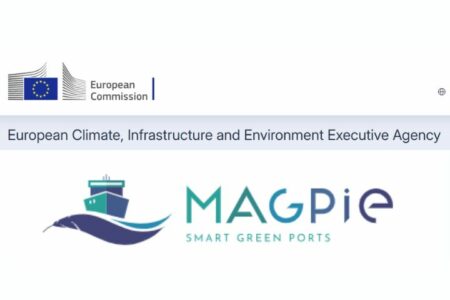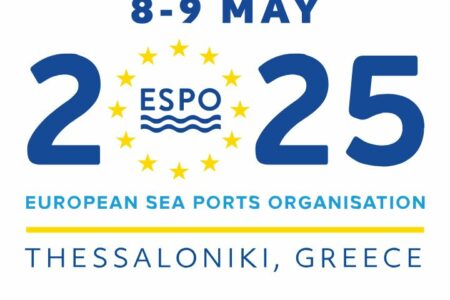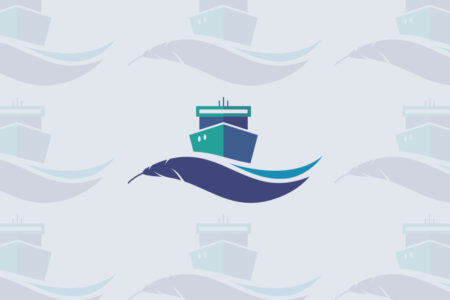Trammo, OCI and James Fisher Fendercare successfully conducted an ammonia bunkering pilot between two vessels at a terminal in the port of Rotterdam on 12 April, 2025. This marks an important step in preparing the port of Rotterdam for vessels bunkering clean ammonia. It also marks an important step for the demonstrator 4 of the MAGPIE project, whose focus has been on this project for the past 3 years.
Ammonia is a carbon-free fuel, so no CO2 is released during combustion. The first ships capable of using ammonia as a bunker fuel are expected in 2026 or 2027. The pilot involved transferring 800 cubic meters of liquid, cold ammonia at -33 degrees Celsius between two ships. This took about 2.5 hours and was conducted alongside a new quay at the Maasvlakte 2 APM terminal. The demonstration validated the port of Rotterdam’s and MAGPIE’s safety framework for ammonia bunkering, establishing that it is possible to do this safely and without ammonia release in the port. Various parties collaborated on the pilot, facilitated by the Port of Rotterdam Authority.
Rotterdam is the world’s second largest bunker port, with approximately ten million tonnes of fuel bunkered annually. Together with all parties in the port, the Port of Rotterdam Authority aims to enable the bunkering of all alternative low-carbon fuels in the future, promoting greater sustainability for international shipping. Ammonia has the advantage of being carbon-free, meaning it does not emit CO2 when combusted. The pilot used grey ammonia, which shares the same chemical properties as clean ammonia. Looking ahead, clean ammonia (low carbon) is expected to play a key role in the large-scale decarbonisation of shipping. Introduction and upscaling of ammonia as a shipping fuel is also possible because the industry already produces, stores, transports and distributes ammonia to end users worldwide.
The port of Rotterdam uses the international Port Readiness Level
assessment tool to prepare for all new marine fuels. To properly prepare the
port to receive and bunker ships using new fuels, various steps will be taken
to ensure that all regulatory, safety, infrastructural and supply factors are
in order. The port has already fully implemented this method for LNG and, to a
large degree, for methanol. For ammonia, the pilot concludes level 6 and raises
the port’s readiness to level 7, with all safety procedures ready to allow
bunkering on a project basis. With this enhanced readiness, the port of
Rotterdam is ensuring that it is prepared for bunkering of the first
ammonia-fuelled ships. The learnings of the pilot and the established
procedures will be disseminated to the EU, other ports and relevant parties.


